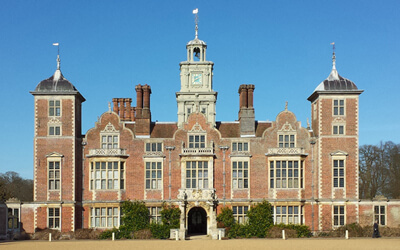With the Summer here, it’s time to get out and explore the country. Great Britain has a lot and varied history, much of which is preserved in the form of great stately homes all around the country.
But which of these are accessible if you are less mobile or using a wheelchair? Which can you visit without having to worry if you’ll be able to see it all?
Fear not. We’ve compiled a list of the top accessible country homes, so you can start marking them on your map and get out there.
Kenwood House, London
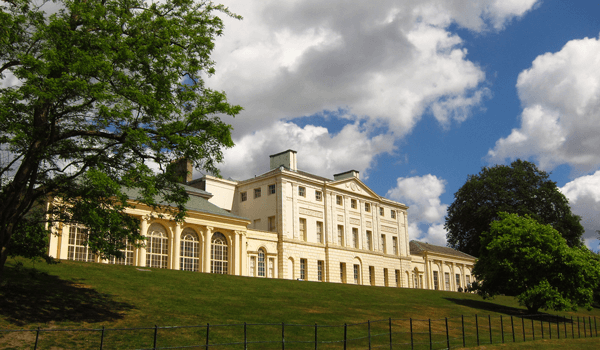
Kenwood House sits just on the very edge of Hampstead Heath, and was built in the early 17th century. However, once bought by William Murray, the 1st Earl of Mansfield, it was converted by his architect, Robert Adam, to be remodelled in a neoclassical style.
The house is the currently the home of the Ivagh Bequest’s art collection, as well as impressive interior architecture, and several period pieces of furniture, including some of the originals that were here during Lord Ivagh’s time.
Don’t forget to visit the Great Library, arguably Kenwood House’s most iconic room. It was returned to its original colour scheme in 2013, which mainly consisted of pale colours – including Robert Adam’s calling card, the instantly recognisable sky blue.
The entire house is accessible, including the painting collection. A platform lift provides access to the upper floors and lecture theatre. There are also seven disabled parking bays nearby, and accessible toilets. Most of the surrounding gardens are also paved or have gravel.
Blickling Estate, Norfolk
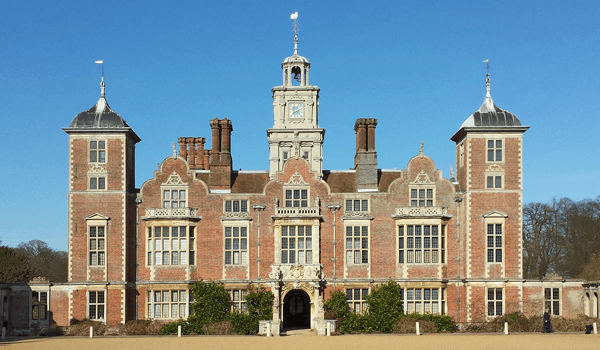
Blickling Estate is an imposing red-brick mansion found out in the relative silence of the Norfolk countryside.
Famously home to the Boleyn family, and the birthplace of Henry VIII’s second wife, Anne Boleyn. Anne Boleyn is said to be one of the three ghosts who patrol the house and gardens late at night.
The interior of the house is ornately decorated, and lovingly restored by the National Trust. You are free to look around at the rooms, including the large kitchen which is downstairs. The Long Room also houses one of the oldest and most historically important national book collections.
The estate also sits in very plentiful gardens, covering 55 acres, which have both formal and informal gardens in them. The gardens also home other Grade II listed buildings and structures, along with a kitchen garden, and many different areas of woodland.
Great effort has been made to make as much of the house and grounds as accessible as possible. The paths are mostly gravelled, and there is an all-weather path around the wider estate to make it easier to travel to further in the grounds.
There is a ramped entrance to the ground floor of the hall, and a lift to access the first floor. There are accessible toilets in the main car park, East Wing, and near the plant centre.
Eastbury Manor House, Greater London
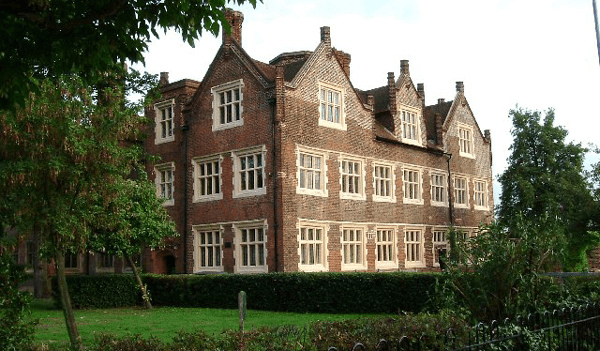
Eastbury Manor House is a manor house situated in the London Borough of Barking and Dagenham, Greater London.
The house was purchased from the now defunct Barking Abbey in the 1570s by a wealthy merchant named Clement Sisley. Despite falling into dilapidation in the late 18th century, it has now been restored to its former glory.
One of the most interesting facts about Eastbury Manor House is that it was once the home-place of a Catholic family who had close family connections to the principal conspirators of the Gunpowder Plot of 1605.
As with a few of the other homes, the National Trust has made considerable effort to ensure that the house is accessible to all. There is a ramped entrance on the ground floor, as well as a lift to all the other floors of the house. The only part of the house that is inaccessible is the top floor of the turret. The grounds are accessible too, and there is an adapted toilet on the first floor.
Brodsworth Hall and Gardens, South Yorkshire

Brodsworth Hall is a magnificent country home situated just outside of Doncaster, South Yorkshire.
Built in the 1860s, and pretty much untouched since, it’s one of the most complete surviving examples of a Victorian country house in all of England. It was designed in the Italianate style and constructed from limestone with lead and slate roofs.
Occupied by descendants of the family until 1988, Brodsworth is currently being restored to its former life – thanks largely in part to the English Heritage. The 52 rooms are being restored, despite rumours of several ghosts…
Brodsworth Hall is accessible throughout the ground floor. The first floor is also accessible via the original Victorian lift, up to the first-floor family bedrooms.
The gardens are also accessible, as the paths have been tarmacked throughout. There are five disabled parking spaces close to the hall, as well as accessible toilets on site.
Osbourne House, Isle of Wight
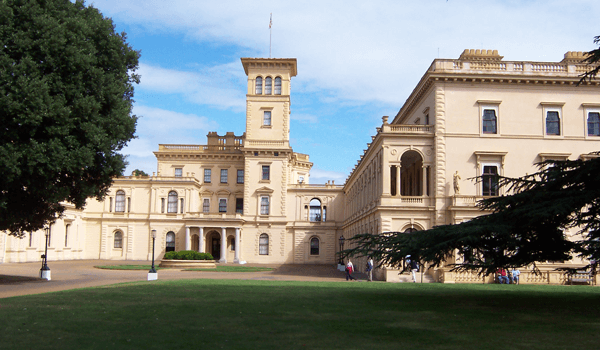
Osbourne House, situated in East Cowes on the Isle of Wight, is the former summer home of Queen Victoria and Prince Albert.
Osbourne House was famously designed by Prince Albert himself, in the style of the Italian Renaissance, with help from the builder and architect Thomas Cubitt.
Osbourne House has plenty to do and see, from the palatial state rooms used to entertain foreign dignitaries, to the more homely private family rooms where Victoria and Albert raised the kids, right down to Queen Victoria’s personal beach where she used to take a dip in the cool waters of the Solent.
Also of note in the grounds is the Swiss Cottage. This Swiss Cottage was purchased in Switzerland, dismantled and brought to the Isle of Wight piece by piece, where it was reassembled. Just outside, the nine royal children were encouraged to garden and grow produce to sell to their father, Prince Albert, in order to learn the basics of economics.
Osbourne House is widely accessible. You can even visit Victoria and Albert’s private apartments via a lift to the first floor. If you do, make sure to take in the amazing views of the garden terraces that overlook the Solent.
Osbourne House’s garden terraces are also accessible, via the tarmac and impacted gravel paths. There are also 12 disabled parking bays, and accessible toilets.
Tatton Park, Cheshire
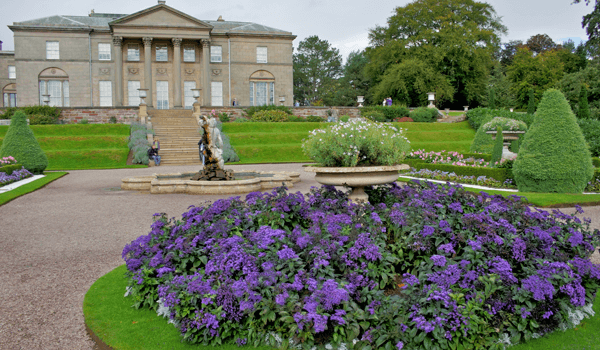
Tatton Park is a large historic estate just outside Knutsford, Cheshire. It contains both Tatton Hall and Tatton Old Hall, as well as the gardens, deer park, and farm.
Once the site of the medieval village of Tatton, the current Tatton Hall was built towards the end of the 17th century, but extensively extended and altered during the later years.
Tatton Park is famous for its deer park, of which there are around 2,000 acres. The deer have lived here since 1290, when the park was created by a royal charter. Two species live in the grounds, the red deer and fallow deer. If you take a stroll through the grounds you are sure to see some along the way.
Sadly only the ground floor of Tatton Hall is accessible, but the entire grounds are accessible via an accessible route. There are also accessible toilets available at the farm, the old hall, the Knutsford entrance, and the gardens at the stable yard. There are limited disabled parking spaces.
What do you think of the country homes? Have you visited any of them? Or have we missed your favourite off the list? Let us know!!






